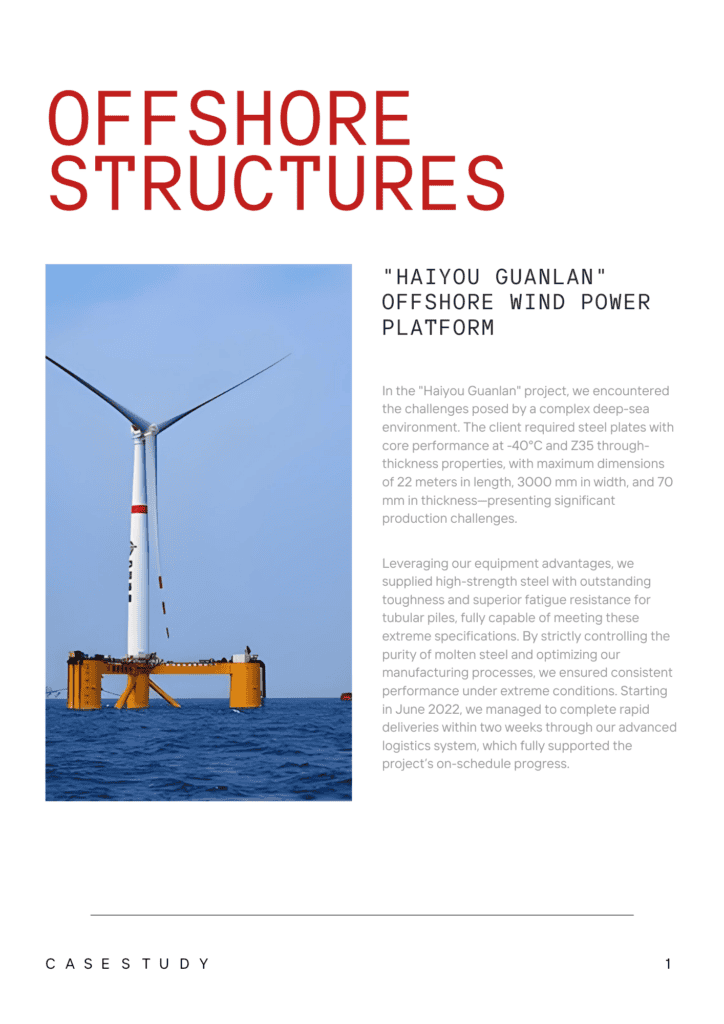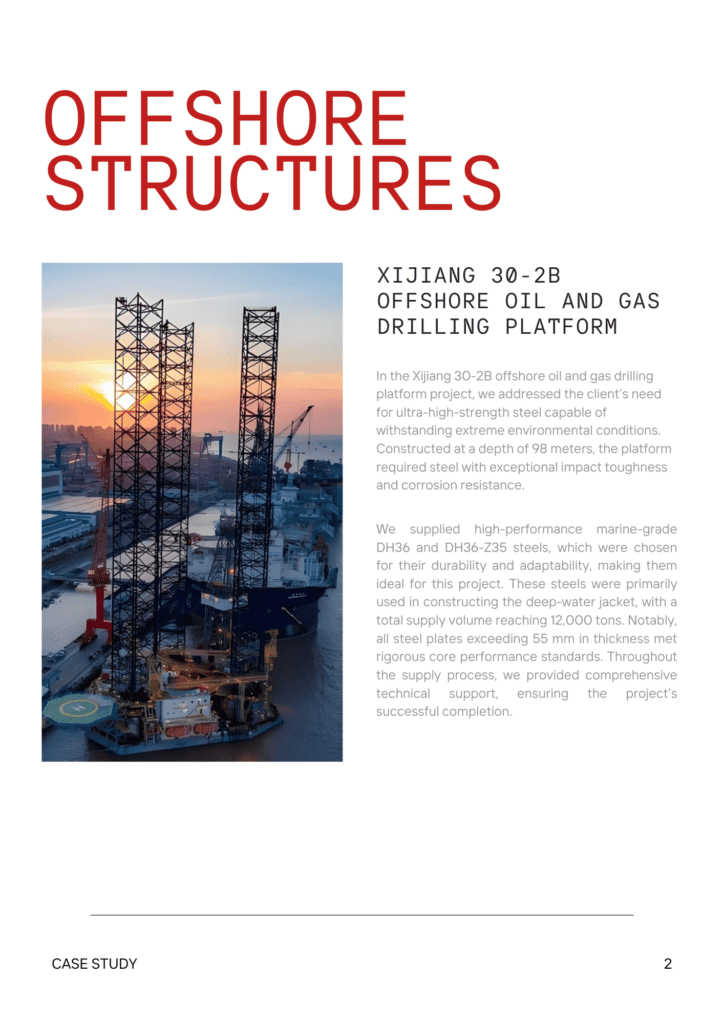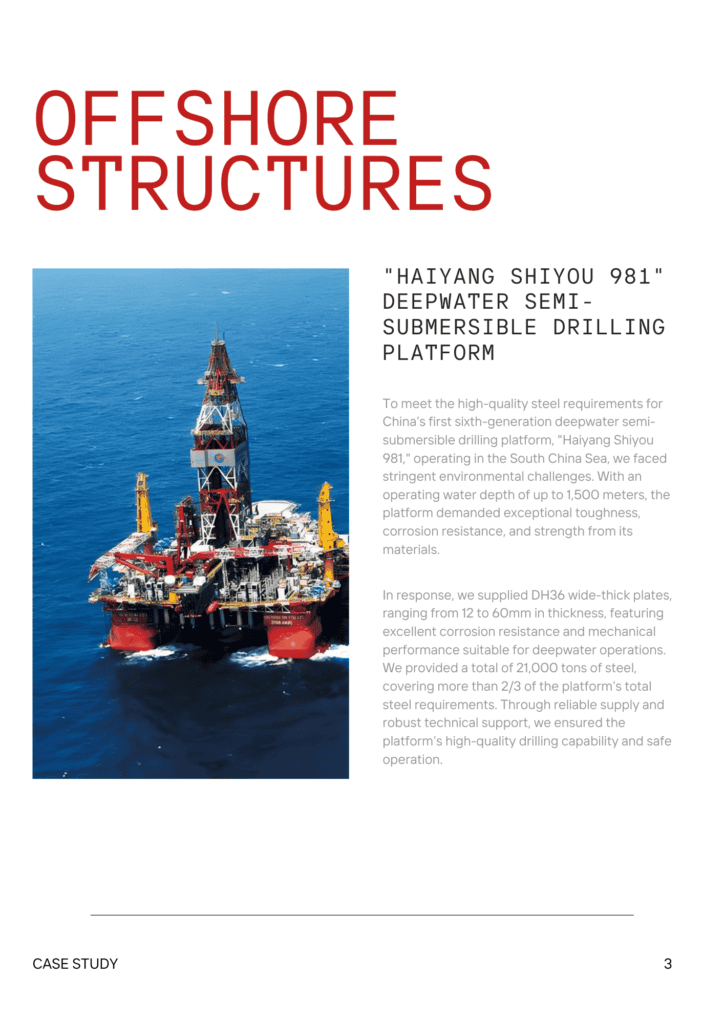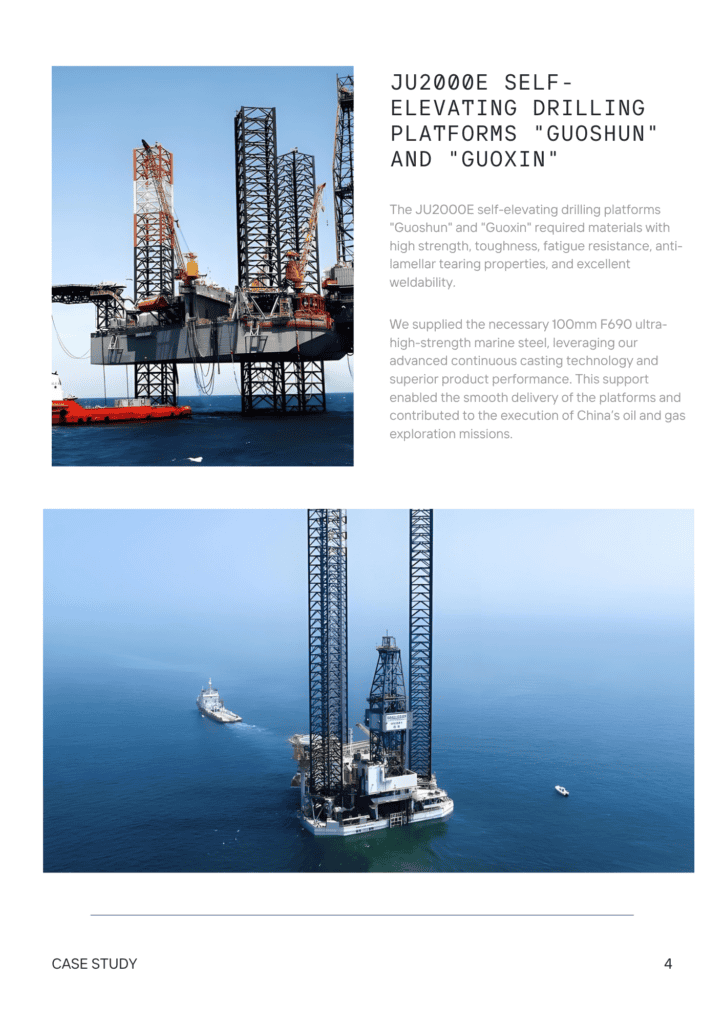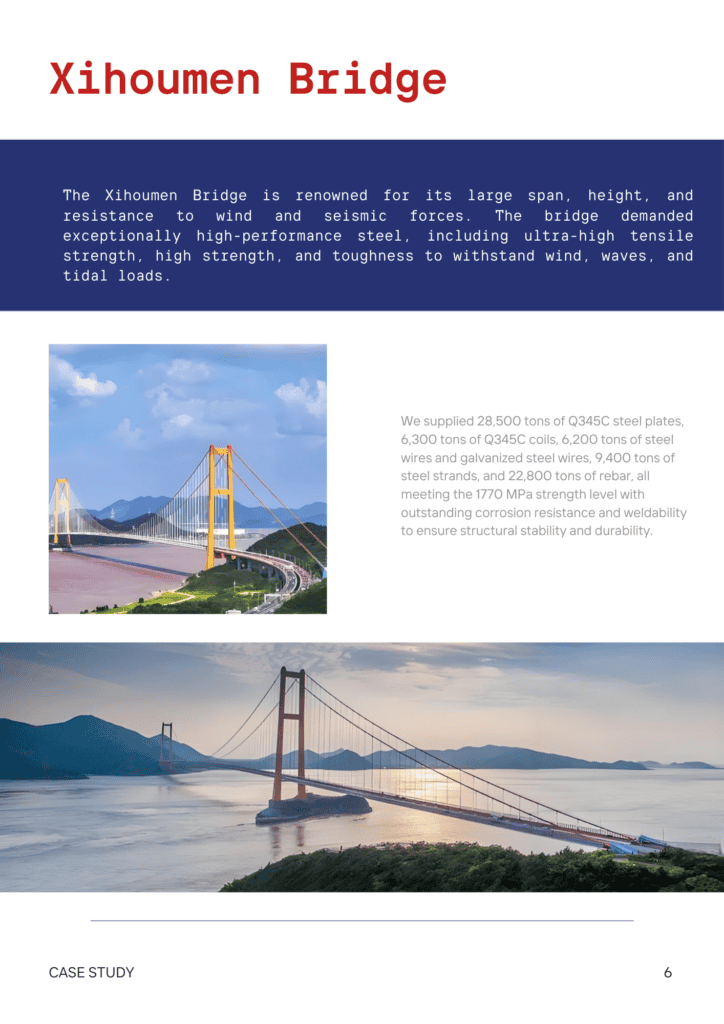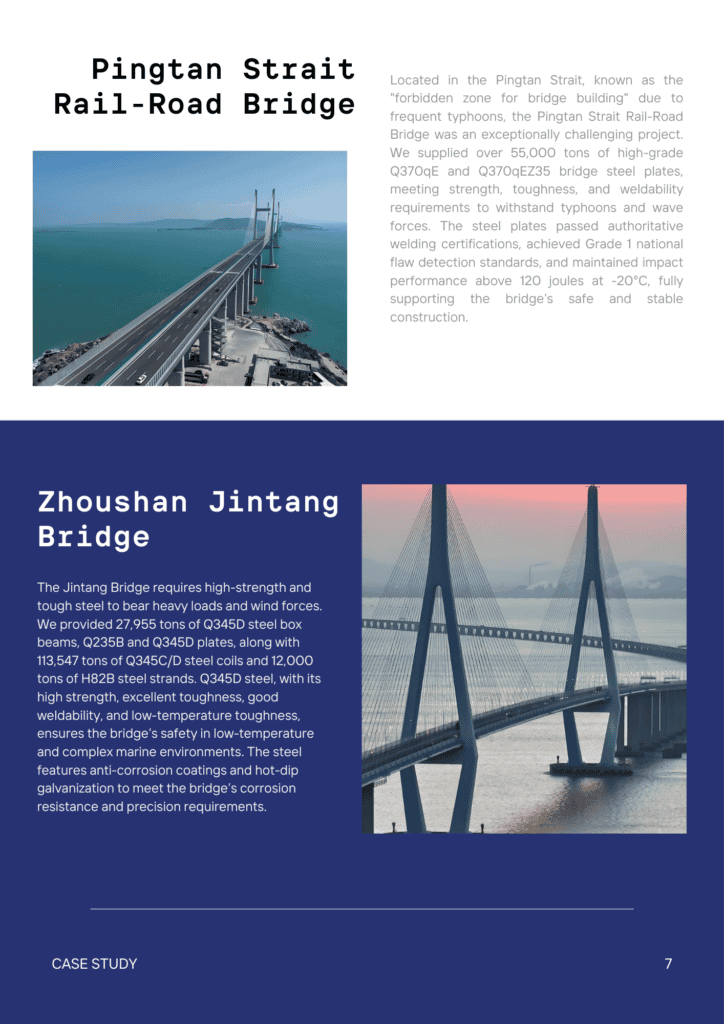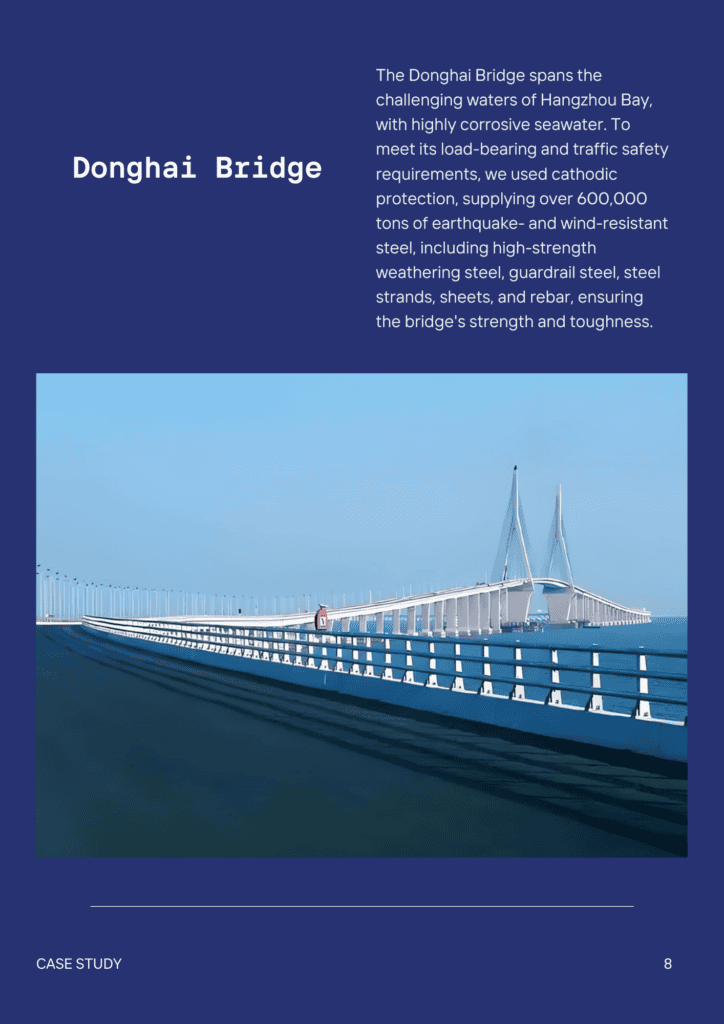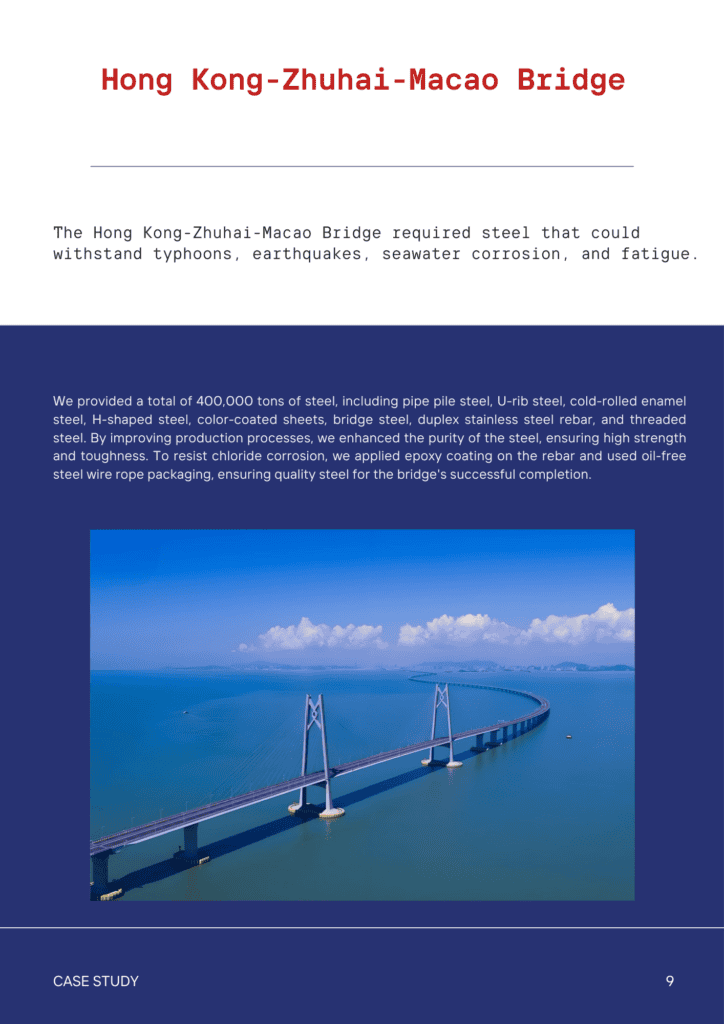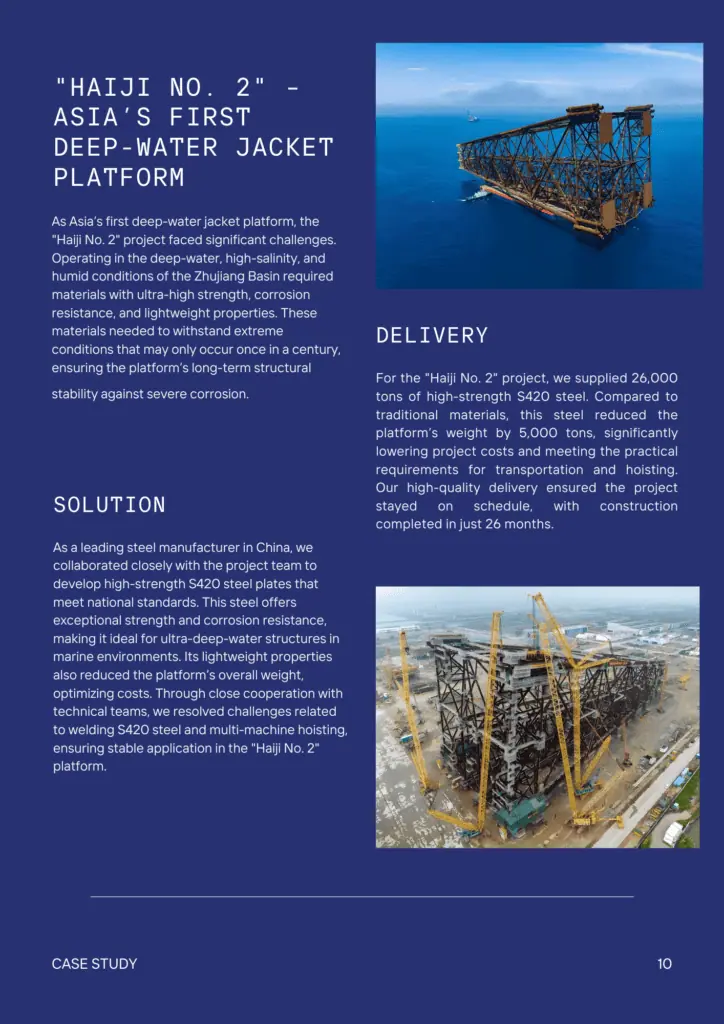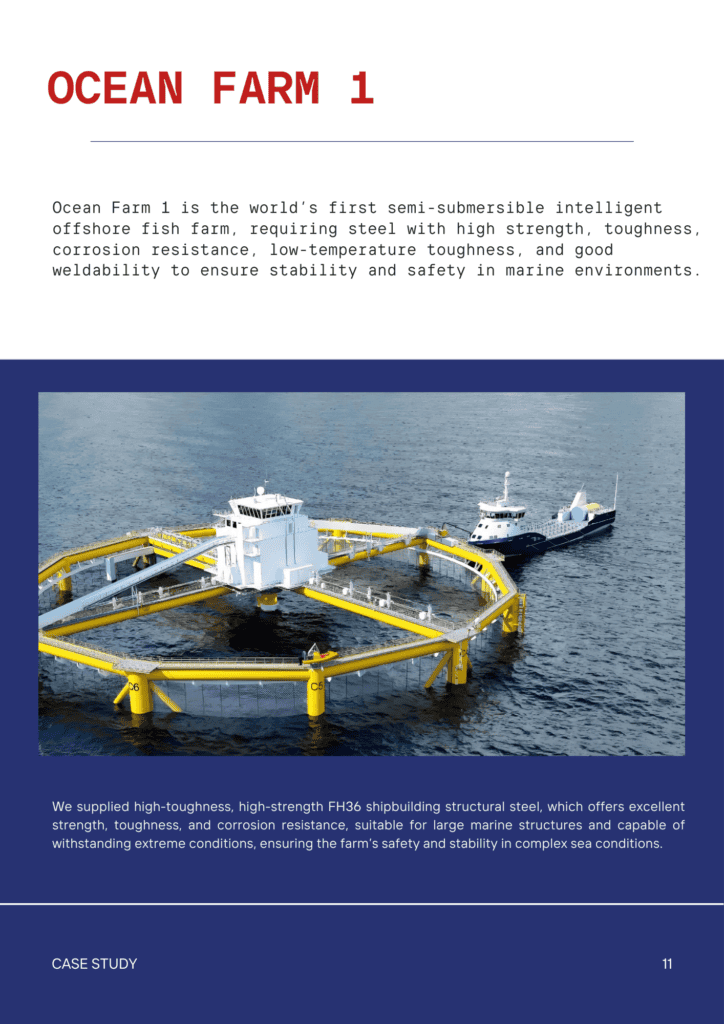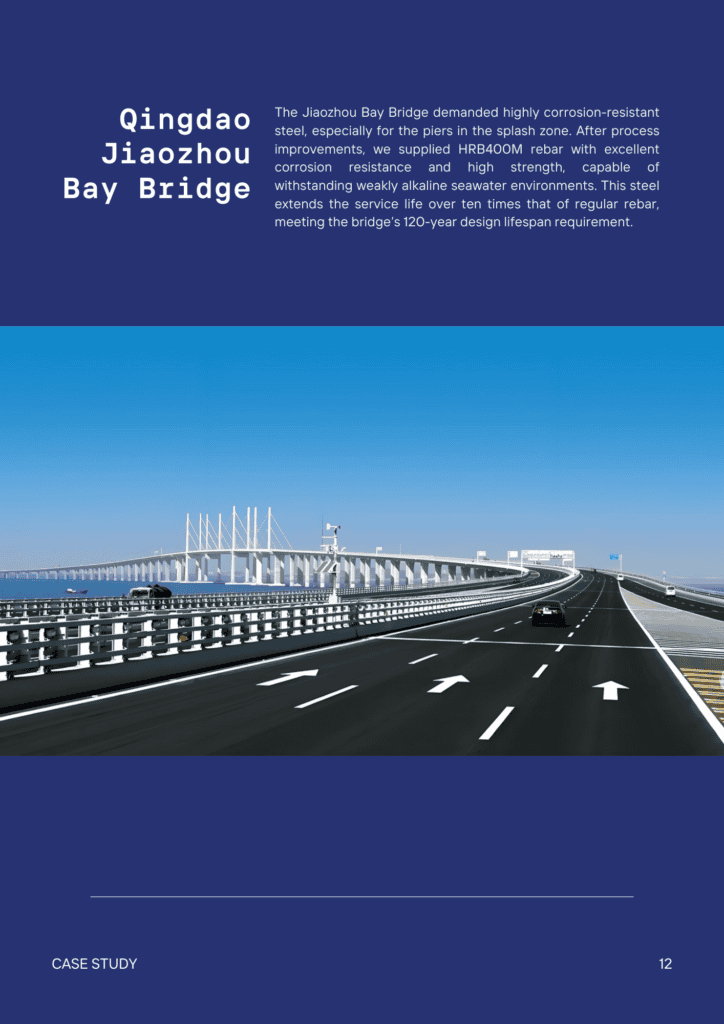Nội dung
Bạn có thể hàn thép mạ kẽm không? Các mối nguy hiểm, biện pháp phòng ngừa và phương pháp tốt nhất
- John

No doubt, galvanized steel can indeed be welded, but it presents difficulties. The zinc layer emits harmful vapors when heated, creating health hazards without adequate airflow. It also weakens the weld joint by causing defects like porosity, and the burned-off coating leaves the area vulnerable to corrosion unless treated afterward.
This article offers expert advice on best practices, highlights potential hazards, and provides solutions to ensure safety and quality. Continue reading to discover how to overcome these obstacles and attain successful welds
Can You Weld Galvanized to Regular Steel?
Yes, you can join galvanized steel with plain steel. Remove the zinc coating near the weld on the galvanized piece to avoid toxic fumes and defects. This will help create a cleaner, stronger weld.
Which Galvanized Steel Is Easier to Weld?
Galvanized steel with a thinner zinc coating is easier to weld. Electro-galvanized steel typically has a thinner zinc layer compared to hot-dip galvanized steel, making it less challenging to weld. Less zinc results in fewer fumes and less weld contamination.
Hazards of Welding Galvanized Steel
Welding galvanized steel comes with specific risks and requires precautions to ensure safety and quality. Here’s an overview of the main hazards, their impacts, and tips to address each.
Toxic Fumes and Metal Fume Fever
- Problem: Welding galvanized steel produces zinc oxide vapors, which are dangerous when breathed in. Inadequate airflow heightens the risk of exposure.
- Sự va chạm: Breathing in vapors can cause irritation to the breathing system, eyes, and skin. High exposure may lead to “metal fume fever” with symptoms like a sweet taste, dry throat, and fatigue. Repeated exposure could have long-term health effects.
- Giải pháp: Ensure good ventilation with fume extraction or fans, wear a respirator, and take breaks to limit exposure.
Porosity and Cracking
- Problem: Zinc on galvanized steel can react with iron, forming compounds that create porosity or inclusions in the weld.
- Sự va chạm: These defects reduce weld strength and toughness, compromising safety.
- Giải pháp: Slightly preheat the steel to reduce zinc reactivity, and use precise welding techniques to avoid defects.
Mất khả năng chống ăn mòn
- Problem: The zinc coating burns off in the weld and surrounding area, leaving these sections vulnerable to rust and corrosion.
- Sự va chạm: Without shielding, these sections rust more quickly, reducing the durability of the welded structure.
- Giải pháp: Apply a cold galvanizing compound or zinc-rich paint to the weld area after welding to restore corrosion resistance.
For large-scale galvanizing, choosing high-quality, controlled products like SteelPRO Group’s hot-dip galvanized steel tờ giấy can reduce welding defects and hazardous fumes, minimizing health risks.
Precautions of Weld Galvanized Steel
Welding galvanized steel requires steps to ensure safety and quality. Proper zinc removal, ventilation, protective gear, and controlled parameters help prevent health risks and maintain weld durability.
Removing the Zinc Coating
- Action: Strip the zinc layer at least 1-4 inches (2.5-10 cm) from the weld area on both sides of the workpiece.
- Phương pháp: Grinding is the most common and preferred removal method, but burning or pushing the zinc back from the weld zone can also be effective.
Ensuring Good Ventilation
- Action: Set up proper ventilation to disperse hazardous fumes.
- Phương pháp: Use fans or an exhaust system to draw fumes away, especially in confined spaces.
Wearing Personal Protective Equipment (PPE)
- Action: Equip yourself with PPE to protect against fumes, UV rays, and heat.
- Equipment: Use a respirator, welding helmet, flame-resistant clothing, and gloves for comprehensive protection.
Control of Welding Parameters
- Problem: Incorrect settings for current, voltage, or speed can compromise weld quality.
- Sự va chạm: Issues like porosity, cracking, warping, or incomplete fusion may occur, affecting both the appearance and strength of the weld.
- Giải pháp: Calibrate welding parameters carefully according to material thickness and type, and perform test welds to ensure optimal settings.
Inspecting Weld Quality
- Action: Check for porosity, cracks, and sufficient fusion after welding.
- Lợi ích: This assists in spotting any flaws or weaknesses that could impact the stability of the structure.
Avoiding Contact with Flammable Materials
- Action: Ensure the work area is free from flammable substances.
- Phương pháp: Keep flammable items stored away from the workspace and have a fire extinguisher nearby.
Reapplying Galvanizing After Welding
- Action: Coat the welded area with a zinc-rich paint or cold galvanizing compound.
- Mục đích: This restores corrosion resistance to the exposed metal, extending the lifespan of the welded structure.
These precautions, paired with awareness of potential hazards, ensure safer and higher-quality welds on galvanized steel, helping reduce health risks and maintain structural durability.
What are the Best Methods for Welding Galvanized Steel?
Welding galvanized steel is best achieved using MIG (Metal Inert Gas) Và TIG (Tungsten Inert Gas) welding methods, both of which control parameters effectively to reduce harmful fumes and ensure high weld quality.
- Hàn MIG: Ideal for thicker galvanized steel, MIG welding is efficient and commonly used in industrial applications due to its speed and reliability.
- Hàn TIG: Suited for thinner zinc coatings and precision work, TIG welding produces high-quality, clean welds, ideal for applications requiring strength and a refined finish.
Đọc liên quan
Will a MIG Welder Weld Galvanized Steel?
Yes, a MIG welder can weld galvanized steel, but it requires proper preparation. Take off the zinc layer in the welding zone to lessen smoke and impurities. Use good ventilation and a respirator to handle any fumes safely.
Can You Flux Weld Galvanized Steel?
Yes, flux welding can be used on galvanized steel, but it’s challenging due to the zinc fumes. Removing the zinc coating in the weld area and ensuring good ventilation helps reduce risks and improve weld quality.
SteelPRO Group Can Hot-Dip Galvanize Components of Any Size!
SteelPRO Group offers comprehensive hot dip galvanizing services for components of any size, providing expert technical support and a reliable product quality guarantee. We also supply a full range of galvanized products such as galvanized coil and galvanized wire, see our galvanized steel page for more categories.
With over 15 years of welding experience and a state-of-the-art welding line, we can provide customized solutions for your specific needs. If you are looking for the best galvanized steel welding solution for your project, contact us today!




